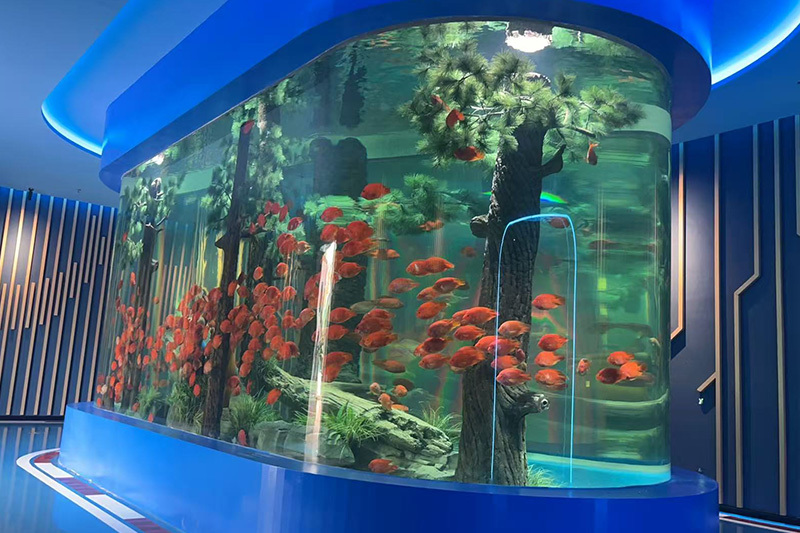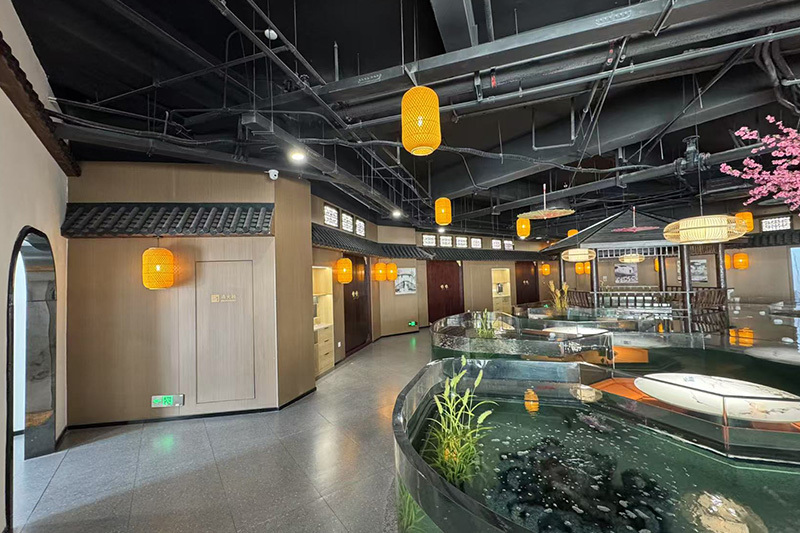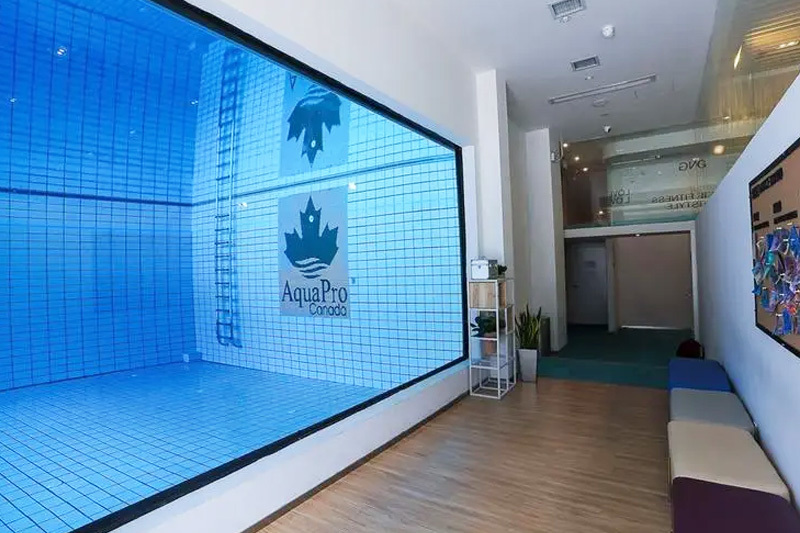
Understanding the Versatility of Acrylic Cylinders in Aquaculture
Acrylic cylinders are transparent, durable tubes made from polymethyl methacrylate (PMMA), known for their excellent optical clarity and resistance to impact. These materials make acrylic cylinders an ideal choice for various applications, particularly in agriculture and aquaculture. Their lightweight nature and ability to resist UV radiation contribute to their suitability for long-term use in ou
Release time:
2025-10-15
Acrylic cylinders are transparent, durable tubes made from polymethyl methacrylate (PMMA), known for their excellent optical clarity and resistance to impact. These materials make acrylic cylinders an ideal choice for various applications, particularly in agriculture and aquaculture. Their lightweight nature and ability to resist UV radiation contribute to their suitability for long-term use in outdoor environments.
One of the primary uses of acrylic cylinders in aquaculture is for fish breeding and raising. They offer a controlled environment that can be easily monitored, allowing for optimal conditions for the growth and health of aquatic species. The transparency of acrylic enables farmers to observe fish behavior and monitor water quality without disturbing the ecosystem. This real-time observation is crucial for identifying potential issues such as disease or stress in fish populations.
In addition to breeding, acrylic cylinders can be utilized for water filtration systems in aquaculture setups. Their robust structure allows for the incorporation of various filtration media, thus enhancing water clarity and quality. This is particularly important since water quality directly impacts fish health and growth rates. By using acrylic cylinders in filtration systems, aquaculture producers can maintain a favorable environment that supports sustainable fish farming practices.
Moreover, acrylic cylinders can serve as effective storage solutions for feed and other essential supplies in agricultural operations. Their durability and resistance to moisture make them suitable for holding various materials without the risk of spoilage. This ensures that farms can maintain a consistent supply of essential resources, which is crucial for day-to-day operations.
The versatility of acrylic cylinders is also reflected in their ease of customization. They can be manufactured in various sizes and shapes to meet specific operational needs. Whether used for creating display tanks or experimental setups in research facilities, their adaptability is a significant advantage for farmers and aquaculture specialists.
Furthermore, when it comes to maintenance, acrylic cylinders are relatively easy to clean and maintain, reducing the labor burden on facility operators. Regular cleaning helps to prevent the buildup of algae and other contaminants, ensuring that the systems operate efficiently.
In conclusion, acrylic cylinders are invaluable in the fields of aquaculture and facility farming. Their durability, optical clarity, and versatility make them an excellent choice for various applications, from breeding and filtration to storage solutions. By integrating acrylic cylinders into farming practices, producers can enhance efficiency, monitor operations more effectively, and ultimately contribute to a more sustainable agricultural future.
One of the primary uses of acrylic cylinders in aquaculture is for fish breeding and raising. They offer a controlled environment that can be easily monitored, allowing for optimal conditions for the growth and health of aquatic species. The transparency of acrylic enables farmers to observe fish behavior and monitor water quality without disturbing the ecosystem. This real-time observation is crucial for identifying potential issues such as disease or stress in fish populations.
In addition to breeding, acrylic cylinders can be utilized for water filtration systems in aquaculture setups. Their robust structure allows for the incorporation of various filtration media, thus enhancing water clarity and quality. This is particularly important since water quality directly impacts fish health and growth rates. By using acrylic cylinders in filtration systems, aquaculture producers can maintain a favorable environment that supports sustainable fish farming practices.
Moreover, acrylic cylinders can serve as effective storage solutions for feed and other essential supplies in agricultural operations. Their durability and resistance to moisture make them suitable for holding various materials without the risk of spoilage. This ensures that farms can maintain a consistent supply of essential resources, which is crucial for day-to-day operations.
The versatility of acrylic cylinders is also reflected in their ease of customization. They can be manufactured in various sizes and shapes to meet specific operational needs. Whether used for creating display tanks or experimental setups in research facilities, their adaptability is a significant advantage for farmers and aquaculture specialists.
Furthermore, when it comes to maintenance, acrylic cylinders are relatively easy to clean and maintain, reducing the labor burden on facility operators. Regular cleaning helps to prevent the buildup of algae and other contaminants, ensuring that the systems operate efficiently.
In conclusion, acrylic cylinders are invaluable in the fields of aquaculture and facility farming. Their durability, optical clarity, and versatility make them an excellent choice for various applications, from breeding and filtration to storage solutions. By integrating acrylic cylinders into farming practices, producers can enhance efficiency, monitor operations more effectively, and ultimately contribute to a more sustainable agricultural future.
Acrylic cylinder
Previous Page
Latest information





